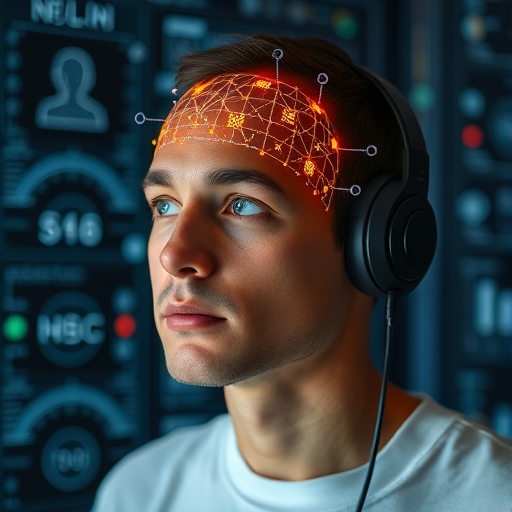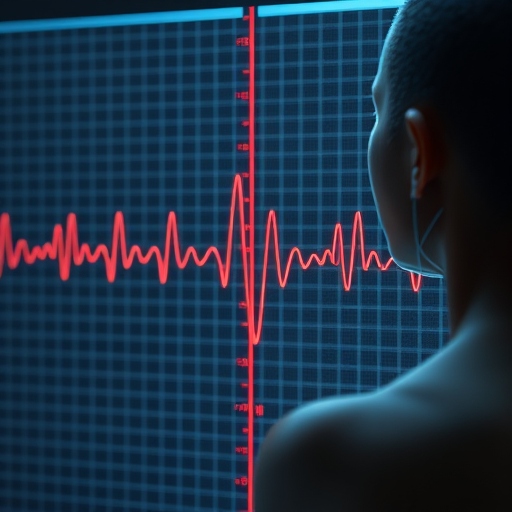ANOVA Bi-variate Broadcast Central Tendency Chi Square test Concepts Correlation dependent t-test Dispersion Distributions Literature Review Marketing Mean Media Median Media Research Mode Models Music Podcast Qualitative Quantitative Radio Regression Reliable Replicability Reporting Research Areas Research Design Research General Research Ideas Research Methods Sampling Scales SPSS Statistics Streaming Study design t-test Television Testing Thematic Analysis Theory Topics Video
In media studies, it is important to choose the appropriate measurement tools to gather data on attitudes, perceptions, brain activity, and arousal. Here are some potential measurement tools that can be used to gather data in each of these areas:
- Attitude:
- Likert scales: This is a commonly used tool to measure attitudes. Participants are presented with a statement and asked to rate how much they agree or disagree with the statement on a scale.
- Semantic differential scales: These scales ask participants to rate an object or concept using bipolar adjectives, such as “good-bad,” “happy-sad,” or “friendly-hostile.” The ratings can be used to determine participants’ attitudes toward the object or concept.
- Implicit Association Test (IAT): This test measures the strength of automatic associations between mental representations of objects in memory. IAT has been widely used to assess implicit attitudes that are hard to capture with explicit self-report measures.
- Perception:
- Eye tracking: This measurement tool tracks the movement of participants’ eyes as they view media content. Eye tracking can provide data on where participants are looking, how long they are looking, and how quickly they are moving their eyes. This can be used to gather data on how participants perceive media content.
- Psychophysics: Psychophysics can be used to measure perceptual thresholds and sensitivity to stimuli. For example, researchers can use psychophysical measurements to determine the minimum amount of stimulation necessary to detect a change in media content.
- Reaction time: Reaction time can be used to measure how quickly participants respond to stimuli, such as images or sounds. Reaction time can be used to gather data on how participants perceive and react to media content.
- Brain activity:

- Electroencephalography (EEG): This is a non-invasive measurement tool that records the electrical activity of the brain. EEG can provide data on how the brain responds to media content and can be used to identify specific brain activity associated with certain perceptions or attitudes.
- Functional Magnetic Resonance Imaging (fMRI): This is an imaging technique that measures changes in blood flow in the brain in response to specific stimuli. fMRI can provide data on how different regions of the brain respond to media content and can be used to identify the neural correlates of perceptions and attitudes.
- Near-infrared spectroscopy (NIRS): This is a non-invasive measurement tool that measures changes in blood flow in the brain similar to fMRI, but uses near-infrared light rather than magnets. NIRS can provide data on the neural activity associated with perceptions and attitudes.
- Arousal:

- Skin conductance response (SCR): This is a measurement tool that measures changes in the electrical conductance of the skin in response to emotional stimuli. SCR can be used to gather data on the arousal levels of participants in response to media content.
- Heart rate variability (HRV): This measurement tool measures the variation in time between heartbeats. HRV can be used to gather data on participants’ arousal levels and emotional state in response to media content.
- Galvanic skin response (GSR): This is a measurement tool that measures changes in the electrical conductance of the skin in response to emotional stimuli, similar to SCR. GSR can be used to gather data on participants’ arousal levels in response to media content.
In conclusion, there are a variety of potential measurement tools that can be used in media studies experiments to gather data on attitudes, perceptions, brain activity, and arousal. The choice of measurement tool will depend on the specific research question and the variables being studied. Researchers should carefully consider the strengths and limitations of each measurement tool and choose the most appropriate tool for their study.
